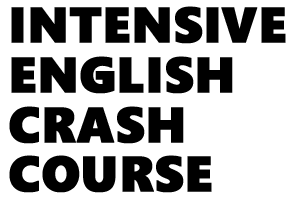CEFR
The Common European Framework of Reference for Languages (CEFR) is an international standard for describing language ability. It is used around the world to describe learners’ language skills.
The CEFR describes foreign language proficiency at six levels: A1 and A2, B1 and B2, C1 and C2. It also defines three ‘plus’ levels (A2+, B1+, B2+).
Language skills: listening, reading, writing, spoken production (monologue), spoken interactin (conversation).
Attention will be given to grammar and vocabulary as a foundation for the language skills.
Levels of the Common European Framework of Reference:
Are you up for it?
HOME
CONNECT
an educational program of



